Air Sanders
Air Sanders are pneumatic tools designed for efficient surface finishing.
Air sanders are versatile tools that have become indispensable for anyone who values a smooth, professional finish on wood, metal, or plastic. These tools are powered by compressed air instead of electricity, providing several benefits that we’ll delve into in this article. Let’s take a closer look at what makes air sanders special and how you can choose the right one for your needs.
What Are Air Sanders?
Air sanders, often referred to simply as pneumatic sanders, utilize compressed air to generate the power needed to sand surfaces. This air-driven mechanism allows for lighter, more compact designs, making them suitable for prolonged use without causing excessive fatigue. Whether you’re a seasoned professional or a hobbyist, air sanders can help refine your projects with efficiency.
Types of Air Sanders
Understanding the different types of air sanders can help you select the right tool for your specific tasks. For beginners, learning air sander techniques is crucial. If you’re looking for the best tools, check out our guide on top air sanders for smooth finishes.
-
Orbital Sanders: These sanders move in a random pattern, ensuring a smooth finish without leaving swirl marks. They’re ideal for fine finishing tasks and small projects where you need precision.
-
Belt Sanders: Known for their aggressiveness, belt sanders are perfect for removing material quickly. They are commonly used for initial stages of sanding when you need to smooth out large, uneven surfaces.
-
Disc Sanders: Featuring a spinning disc, these are suitable for heavy-duty sanding tasks. Disc sanders excel in grinding, deburring, and general shaping of various materials.
-
Finishing Sanders: Designed to deliver an ultra-smooth finish, these are commonly used for final touches, especially in woodworking projects.
Benefits of Using Air Sanders
- Weight and Balance: Air sanders tend to be lighter than their electric counterparts, reducing user fatigue during lengthy projects.
- Low Heat Generation: Air-powered tools produce less heat, thereby minimizing the risk of overheating and preserving the lifespan of the sander.
- Variety of Applications: From automotive work to furniture refinishing, air sanders are versatile, handling delicate tasks and heavy-duty jobs alike.
Choosing the Right Air Sander
When selecting an air sander, consider the following factors:
- Pressure and Volume: Ensure your air compressor can deliver the necessary pressure (usually measured in PSI) and volume (measured in CFM) to power the sander efficiently.
- Tool Size and Weight: Pick a model that feels comfortable in the hand, as this influences control and user comfort, especially during extended use.
- Durability: Look for sanders made with high-quality materials to withstand regular use and ensure longevity.
- Noise Levels: While pneumatic tools are generally quieter than electric tools, it’s worth checking the noise level if you’ll be working in noise-sensitive environments.
Recommended Uses for Air Sanders
Air sanders are versatile tools used across various industries and for numerous tasks. Here are some common applications:
- Automotive Industry: For bodywork and paint preparation, air sanders help achieve a perfectly smooth finish on vehicle bodies.
- Woodworking: Whether crafting furniture or creating detailed woodwork, air sanders are perfect for achieving fine finishes.
- Metalworking: They are also effective for deburring and shaping metalwork, ensuring clean and refined results.
For more detailed insights into specific models and their features, you might want to check resources like Fine Woodworking.
Air sanders bring precision and convenience to sanding tasks with the added benefit of being lighter and more nimble. Whether you’re a professional or a DIY enthusiast, understanding your options and needs can help maximize the potential of this essential pneumatic tool.

A practical guide to air sanders designed for smooth finishes.
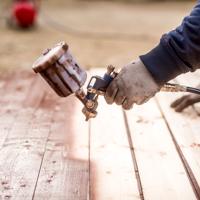
A hands-on guide covering basic and advanced techniques for using air sanders.
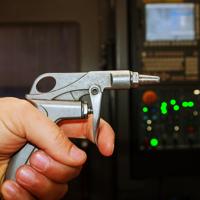
Air grinders offer adaptable performance for a range of precision tasks.
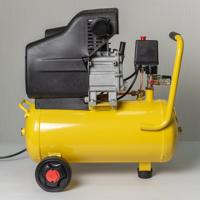
Air tools enhance precision and efficiency in a variety of metalworking tasks.
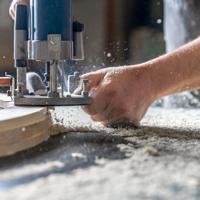
A guide explaining the role of pneumatic tools in various woodworking projects.
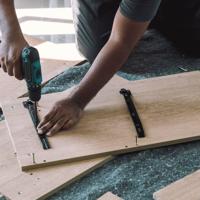
Woodworking Applications outlines the role of pneumatic power tools in improving various woodworking processes with precision and efficiency.
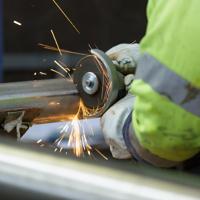
An informative overview of reliable air grinders suited for detailed metalwork.
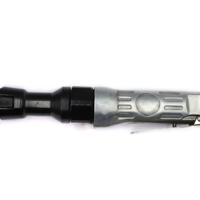
Air Drills deliver strong, reliable power through compressed air for versatile applications.